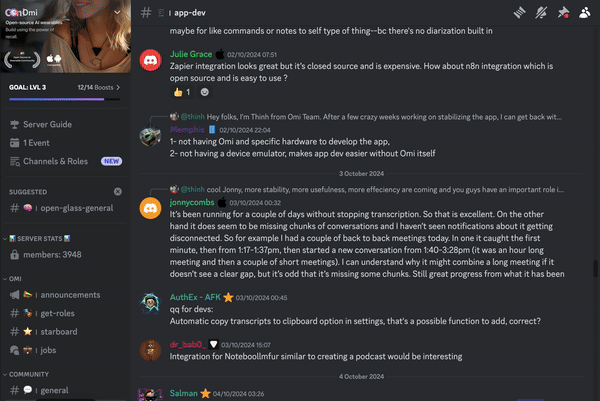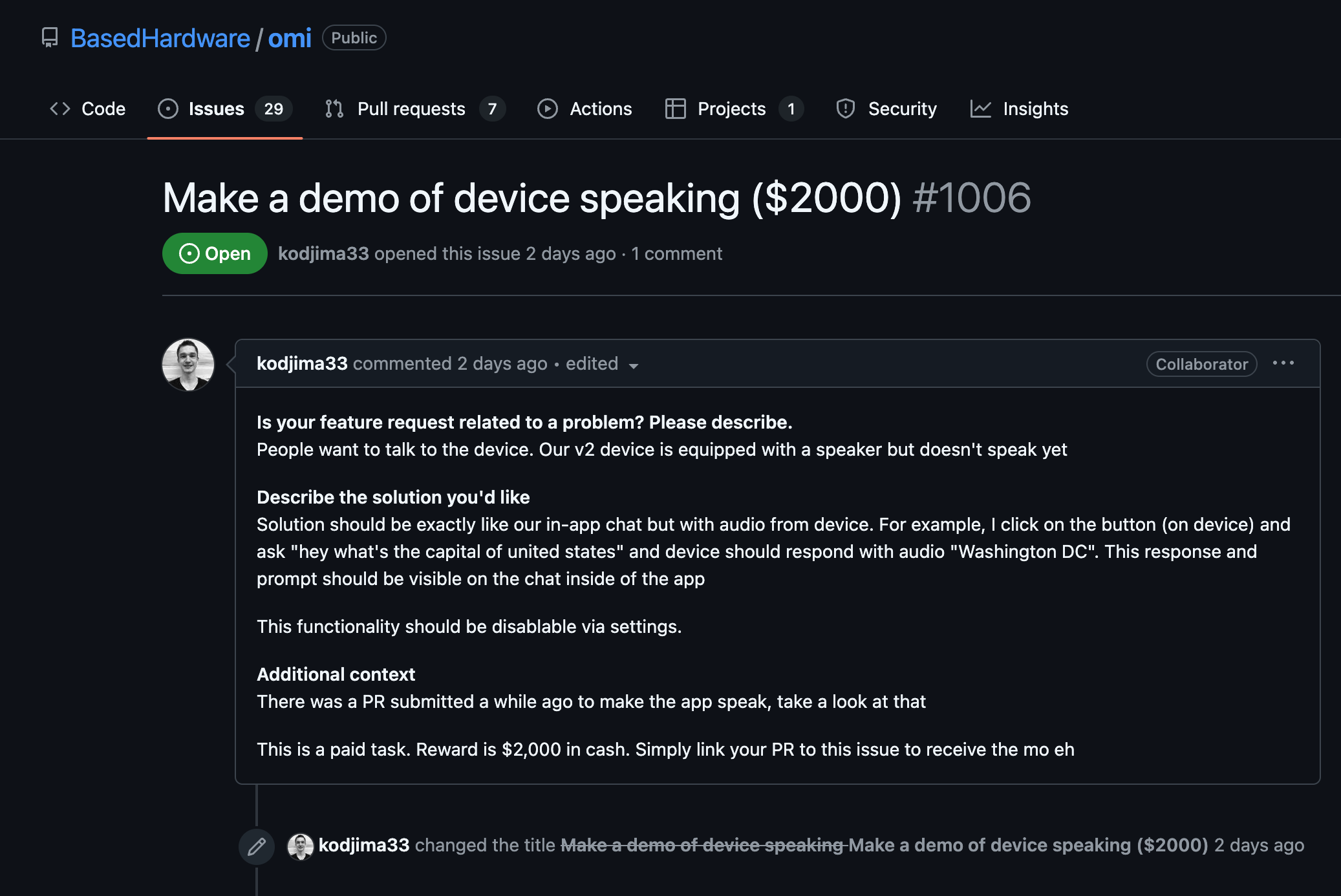Understanding the Problem
In firmware development, understanding the structure of binaries is critical. Firmware is often a combination of numerous compiled code blocks, configuration data, and initialization parameters in binary form. A byte pattern search is a method to locate specific byte sequences (patterns) within these binaries that may denote specific instructions, data structures, or markers critical for functionality or reverse engineering.
Using GHex for Byte Pattern Search
GHex is a GNOME Hex Editor for editing binary files. It represents binary data in a two-column display: hexadecimal on the left, ASCII on the right. This is useful for identifying byte patterns and understanding the corresponding ASCII characters. Follow these steps for effective byte pattern searches in firmware binaries using GHex.
Opening a Binary File
- Open GHex and load your firmware binary file via the "File" menu.
- You will see the binary data loaded in two columns: hex and ASCII.
Analyzing Data Structure
- Familiarize yourself with the structure of your binary file, which often includes headers, code sections, and data sections. Understanding this layout is crucial before you start searching for a byte pattern.
Byte Pattern Search
Use the search function in GHex — commonly accessed via "Search" -> "Find" in the menus or by a shortcut (typically Ctrl+F).
Enter the hex sequence you want to search for in the appropriate field in the search dialog. Here’s an example of how you would enter a byte sequence for a search:
```
48 65 6C 6C 6F
```
This sequence corresponds to the ASCII string "Hello".
Navigating Through Results
- Once the search is executed, GHex will highlight the first occurrence of your byte pattern.
- Use the "Find Next" option to navigate through any additional occurrences in the binary file. This helps in locating every instance of the desired pattern.
Editing Byte Patterns
- After identifying the byte pattern, you may need to modify it for whatever purpose your development/analysis requires. GHex allows you to make direct edits in the hexadecimal section, thus altering the corresponding binary data.
- Save the changes to apply them in the binary file.
Verifying Changes
After making updates, always verify that your changes are saved correctly. You can reopen the file in GHex and cross-verify the bytes to ensure the modifications were done correctly.
```
original_hex = "48 65 6C 6C 6F"
modified_hex = "57 6F 72 6C 64" // Changes 'Hello' to 'World'
```
Testing the Modified Firmware
- Once byte patterns have been modified and verified, it’s crucial to test the firmware in a controlled environment.
- Make sure your test scenarios cover any features or functions related to the modified byte patterns to ensure consistency and the desired operation.
Reversing Changes (If Necessary)
- If the changes lead to undesirable behavior, revert them by restoring the original byte pattern or making further edits as necessary.
- Maintain backups of the original and modified files to streamline the roll-back process.
Focusing on searches within a binary and making adjustments aids in both development and reverse engineering tasks. GHex's flexibility makes it a powerful tool for firmware developers handling complex binary files.
























